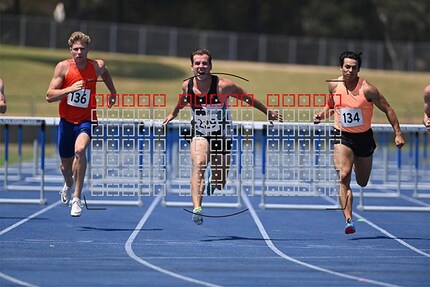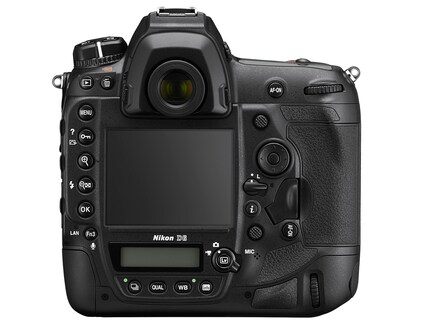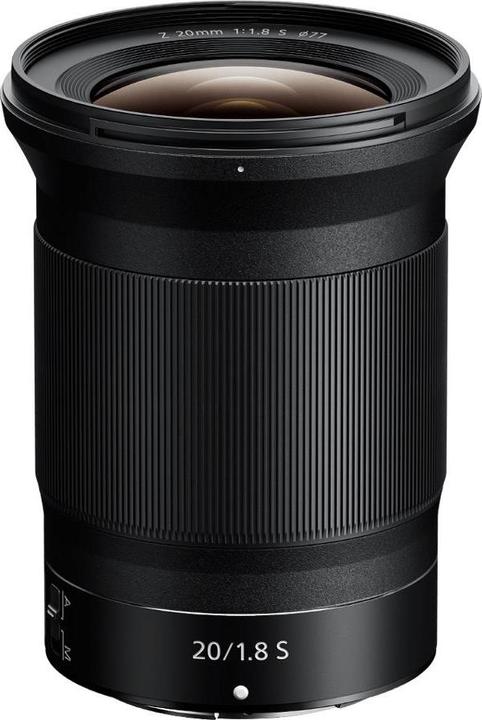

Nikon D6: A new bolide for professionals and those who would like to be one
In the year of the Olympic Games, Nikon is also launching a new sports camera. The D6 has a very light-sensitive and freely configurable autofocus system.
About a month after Canon, Nikon is also launching a new edition of its professional sports and reportage camera. The D6 will replace the D5 from April. The sensor offers 20.8 megapixels, a standard size for this type of camera. It uses the Expeed 6 image processor, which is not new.

Strong autofocus
The D6 has a new autofocus module. It has 105 selectable fields, behind which triple cross-type sensors are concealed. The fields can be combined into self-defined AF groups. For example, a horizontal strip can be omitted to avoid obstacles such as a tennis net. These groups can be moved in exactly the same way as the usual measuring point group consisting of 5 sensors.

The D6 has eye autofocus, which also works within a metering point group. If the AF point is set to automatic, a starting point can still be defined, from which the camera itself determines the "correct" focus point.
As far as light sensitivity is concerned, the autofocus can cope with a light value from -4.0 EV, the central measuring point even from -4.5 EV. The ISO range is 100 to 102,400 ISO.
Other features
The continuous shooting speed is 14 frames per second with tracking autofocus. With an electronic shutter and reduced resolution, 30 and 60 images per second are also possible. The buffer memory holds 200 photos.
The video function offers nothing special: 4K at 30p. The Live View autofocus, which is important for the video function, is within the familiar range for SLR cameras.
In terms of connectivity, the D6 is very strong: Wi-Fi, Bluetooth, Ethernet and GPS. Compared to the D5, image transfer is said to be 15 per cent faster. It is also possible to manually prioritise images for transmission.
The D6 uses two slots, each of which can hold a CFexpress or XQD card. Nice detail: JPEGs can now be saved simultaneously in two different sizes. If the same image is saved on two cards, it can be deleted in a single operation - until now, each file had to be deleted individually.

Comparison with Canon
The autofocus of the Nikon D6 is possibly the best ever. Otherwise, however, the D6 falls behind in comparison to its direct competitor, the Canon EOS 1D X Mark III,. It doesn't really matter whether a camera can take 14 or 16 pictures per second, and whether the buffer memory is "only" good for 200 photos or practically infinite. But when it comes to the video function, the two manufacturers go completely different ways. With 5.5K and 12-bit RAW, the Canon flagship is the absolute best, while the Nikon is just average.
There was also no new image processor for the Nikon D6. On the other hand, the current one is not that old, it was introduced with the mirrorless Z system.
I suspect that the Z system has top priority. It is fitting that Nikon is also introducing two new Z lenses at the same time as the D6. The 20mm with f/1.8 aperture is expected to be available from 19 March 2020. The 24-200mm from mid-April. The already announced 70-200mm will also arrive in March.
My interest in IT and writing landed me in tech journalism early on (2000). I want to know how we can use technology without being used. Outside of the office, I’m a keen musician who makes up for lacking talent with excessive enthusiasm.
From the latest iPhone to the return of 80s fashion. The editorial team will help you make sense of it all.
Show all

